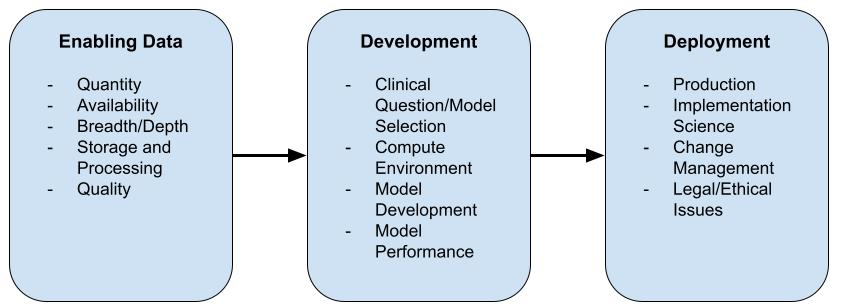I may not be the most qualified, but I’m having a lot of F#un with Advent of Code 2024 (AOC)! It’s incredible how F# enables you to focus on problem-solving, making the experience even more enjoyable.
I had heard about AOC in the past but always dismissed it, thinking I was too busy and should prioritize solving “real-world” problems. However, tackling these challenges has proven to be a great learning experience—and, as it turns out, quite addictive once you earn that first gold star! ⭐
Continue reading “F#un with Advent Of Code 2024 day 1”
![]()


